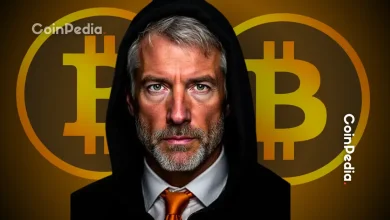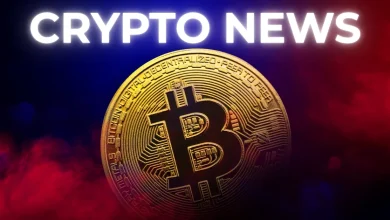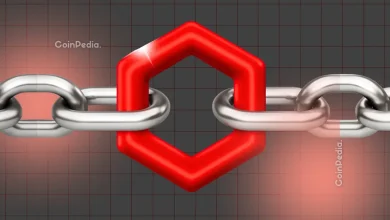
The White House formally acknowledges a Strategic Bitcoin Reserve, marking Bitcoin’s new status as a vital digital asset for the U.S.
A broader crypto strategy aims to bring innovation home, promote regulatory clarity, and restore U.S. leadership in digital assets.
The White House’s newly released Crypto Report confirms what many in the digital asset world have long suspected: the United States is quietly accumulating Bitcoin as part of a Strategic Reserve.
While the exact amount of Bitcoin held by the federal government remains classified, officials have now publicly acknowledged that the U.S. does indeed maintain a Strategic Bitcoin Reserve, alongside a broader Digital Asset National Stockpile. This marks the first time Bitcoin has been formally recognized by the White House as a unique and strategic asset: “digital gold,” in the words of Bo Hines, Executive Director of the U.S. Crypto Council.
“We understand the importance of the Strategic Bitcoin Reserve. We’re enormous fans of Bitcoin and the Bitcoin community, and we want to deliver for them as well and I’m certain that we will,” Hines said in an interview when asked about the reserve during a recent press briefing.
When pressed on exactly how much Bitcoin the U.S. government currently holds, Hines declined to share specific numbers. “There are several reasons we’re not disclosing that at this time. There might be a time in which we do. But what I will say is we want as much as we can possibly get. That’s what I continue to say, and we’re going to continue to work on that,” he said.
A Bigger Strategy: Bringing Crypto Home
The Strategic Bitcoin Reserve is just one part of a broader White House strategy to regain global leadership in digital assets. The 160-page Crypto Report outlines recommendations for stablecoins, market access, and financial integration, designed to reverse years of uncertainty and regulatory confusion.
Hines described the shift as moving from “regulation by enforcement” to “regulation by design.” He also reiterated a message to crypto firms that moved offshore: “Welcome home.”
As part of the effort, the administration is backing legislation like the Clarity Act, aiming for Senate passage by October. The report also outlines early steps toward a more open banking system for crypto companies, with cooperation from the Federal Reserve expected to increase.
Never Miss a Beat in the Crypto World!
Stay ahead with breaking news, expert analysis, and real-time updates on the latest trends in Bitcoin, altcoins, DeFi, NFTs, and more.
FAQs
Yes, the White House confirmed a classified “Strategic Bitcoin Reserve” as part of its digital asset stockpile, marking Bitcoin’s formal recognition as “digital gold” by the U.S. government.
The reserve is part of a broader strategy to regain global crypto leadership, shifting from “regulation by enforcement” to “regulation by design” while attracting offshore crypto firms back to the U.S.
This signals the administration’s push to reverse offshore migration of crypto firms by creating clearer regulations and better banking access in the U.S. market.
Trust with CoinPedia:
CoinPedia has been delivering accurate and timely cryptocurrency and blockchain updates since 2017. All content is created by our expert panel of analysts and journalists, following strict Editorial Guidelines based on E-E-A-T (Experience, Expertise, Authoritativeness, Trustworthiness). Every article is fact-checked against reputable sources to ensure accuracy, transparency, and reliability. Our review policy guarantees unbiased evaluations when recommending exchanges, platforms, or tools. We strive to provide timely updates about everything crypto & blockchain, right from startups to industry majors.
Investment Disclaimer:
All opinions and insights shared represent the author's own views on current market conditions. Please do your own research before making investment decisions. Neither the writer nor the publication assumes responsibility for your financial choices.
Sponsored and Advertisements:
Sponsored content and affiliate links may appear on our site. Advertisements are marked clearly, and our editorial content remains entirely independent from our ad partners.








